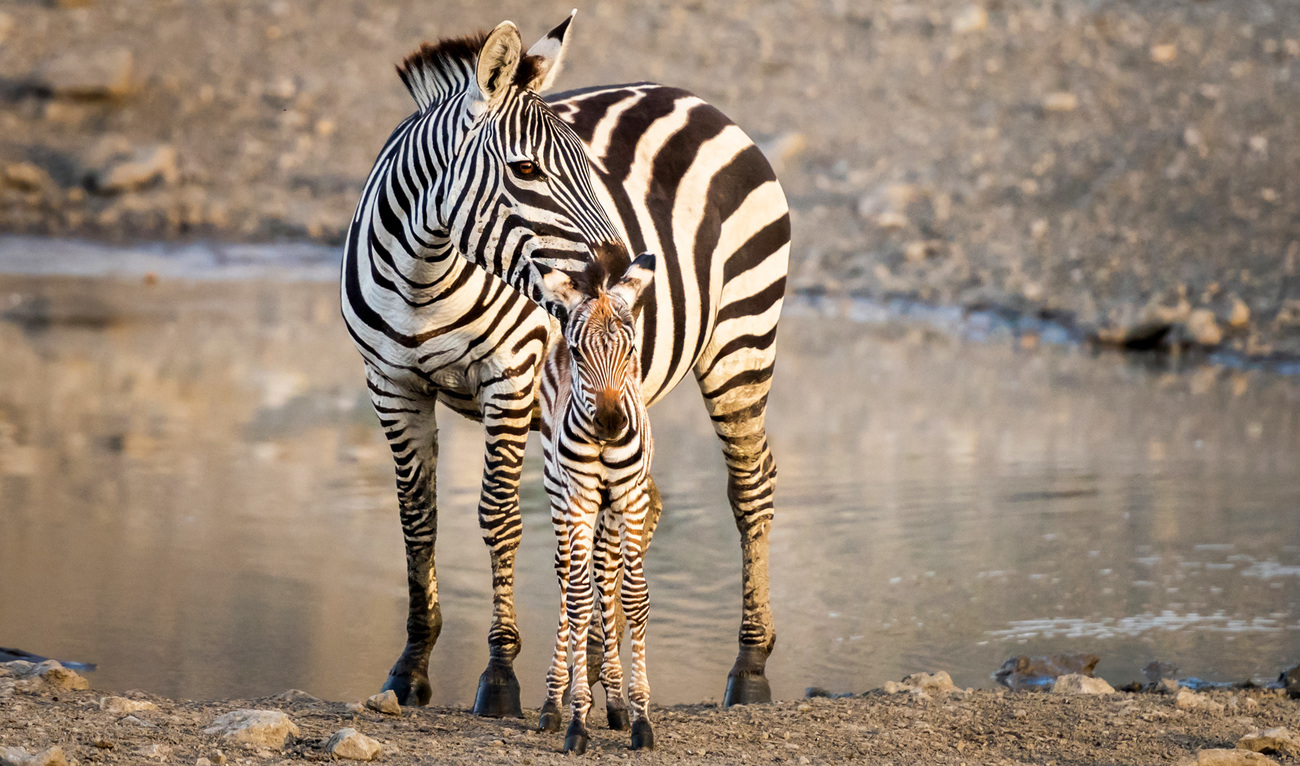Guidelines to maximise climate action by integrating wildlife conservation into national climate plans
Guidelines to maximise climate action by integrating wildlife conservation into national climate plans

(Cali, Colombia – 21 October 2024) — A comprehensive set of guidelines to assist governments and policymakers to integrate wildlife conservation into their Nationally Determined Contributions was launched today.
At the start of the UN Convention on Biological Diversity 16th Conference of the Parties (COP16), the International Fund for Animal Welfare (IFAW) published its Wildlife guidelines for NDCs Integrating wildlife conservation into national climate action plans—a critical tool in the fight against climate change
This launch is particularly timely as nations update their Nationally Determined Contributions (NDCs) for 2025, in line with the Paris Agreement. The new guidelines provide concrete recommendations to countries on the actions they can take to recognise and enhance wildlife's role in supporting carbon sequestration and climate resilience.
Simon Addison, IFAW’s Climate Advisor, underscored the immediate relevance of these guidelines, stating, "We are offering governments a clear, practical roadmap to harness the power of wildlife conservation for mitigating climate change and strengthening climate resilience and adaptation. These guidelines are not just theoretical—they provide 10 actionable steps that nations can use to integrate wildlife into their NDCs, strengthening both climate action and biodiversity conservation."
Current climate plans often overlook this approach. The guidelines highlight the fact that few countries—particularly in biodiversity-rich but climate-vulnerable regions—have factored wild animals or wildlife conservation into their greenhouse gas inventories or climate strategies. This omission risks missing a major opportunity to advance climate resilience while safeguarding biodiversity.
Addison further commented, "With these guidelines, we are providing nations with tools to tackle wildlife conservation not just as an environmental priority but as a cornerstone of climate action. Countries now have the tools to make wildlife a central part of their climate strategies, thereby amplifying their efforts on both mitigation and adaptation."
Key highlights:
- Wildlife’s role in carbon sequestration: Keystone species such as elephants, whales, and large predators play essential roles in ecosystems that store carbon. The guidelines emphasise that protecting, restoring and effectively managing these populations can significantly enhance carbon capture while improving overall ecosystem health.
- Clear steps for integration: The ten-step guidelines provide a clear framework for countries, from identifying key species for protection to integrating wildlife into national greenhouse gas inventories and aligning wildlife conservation with other policy instruments.
- Economic benefits: The guidelines also highlight how wildlife conservation, rewilding, and restoration efforts can drive economic benefits, particularly in biodiversity-rich Least Developed Countries. These efforts contribute to climate-resilient development and create sustainable livelihoods for vulnerable communities, including opportunities to unlock new sources of carbon finance
The full guidelines are available for download at https://www.ifaw.org/resources/wildlife-guidelines-for-ndcs
Related content
Our work can’t get done without you. Please give what you can to help animals thrive.